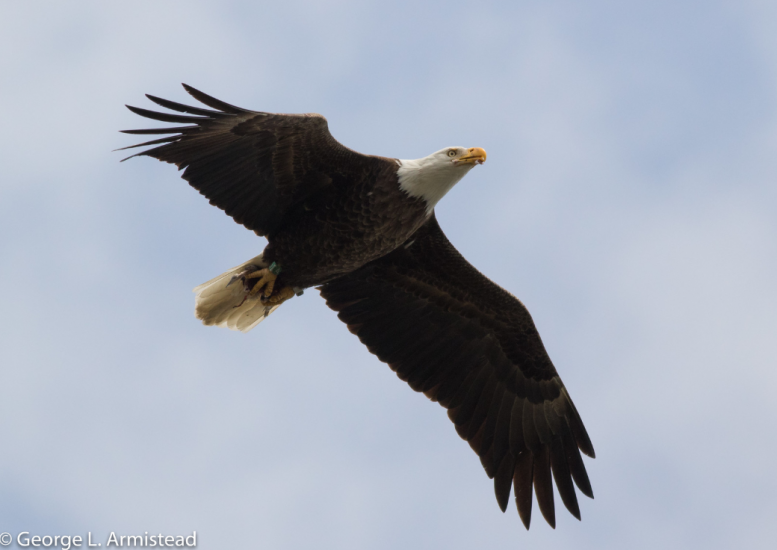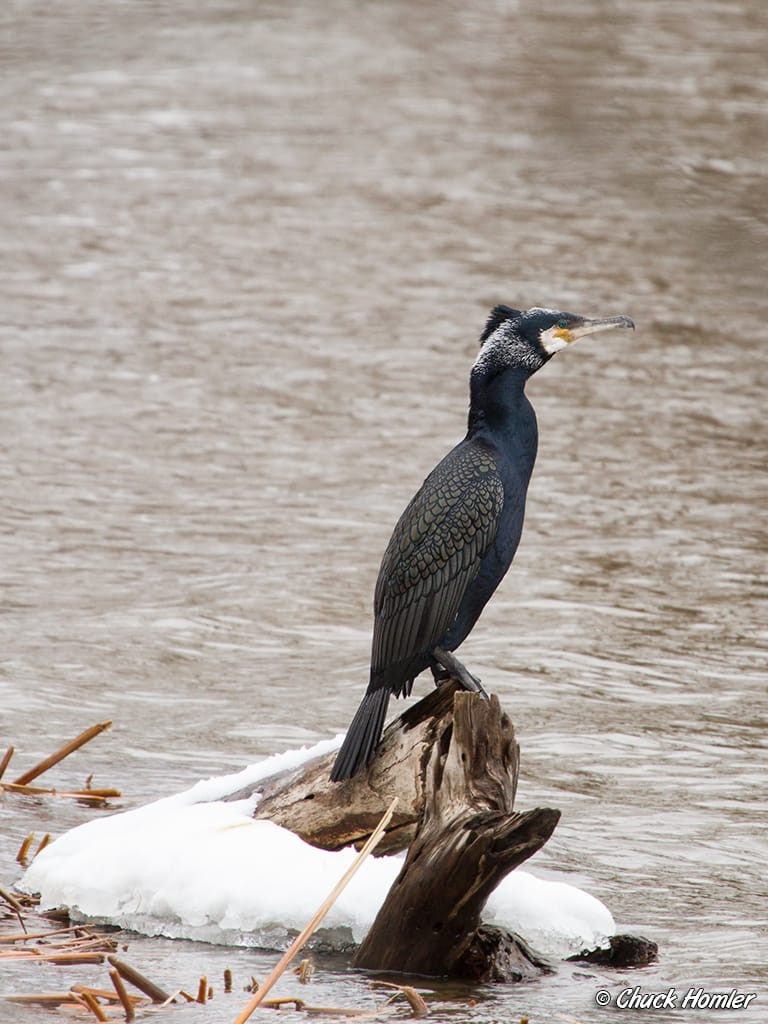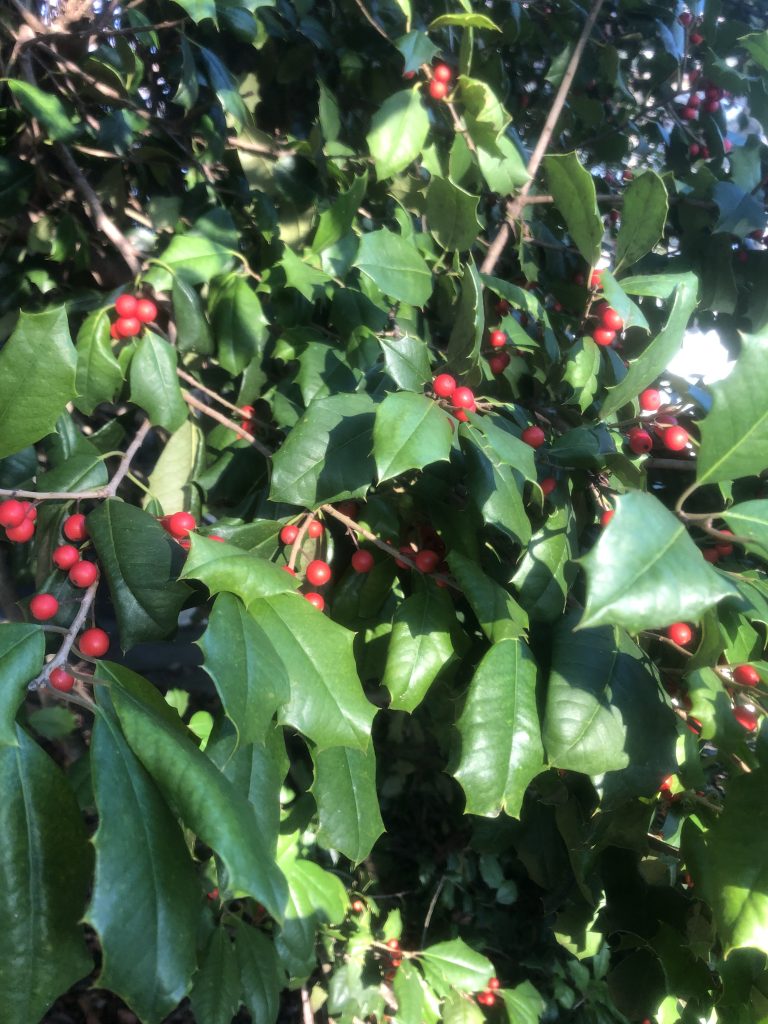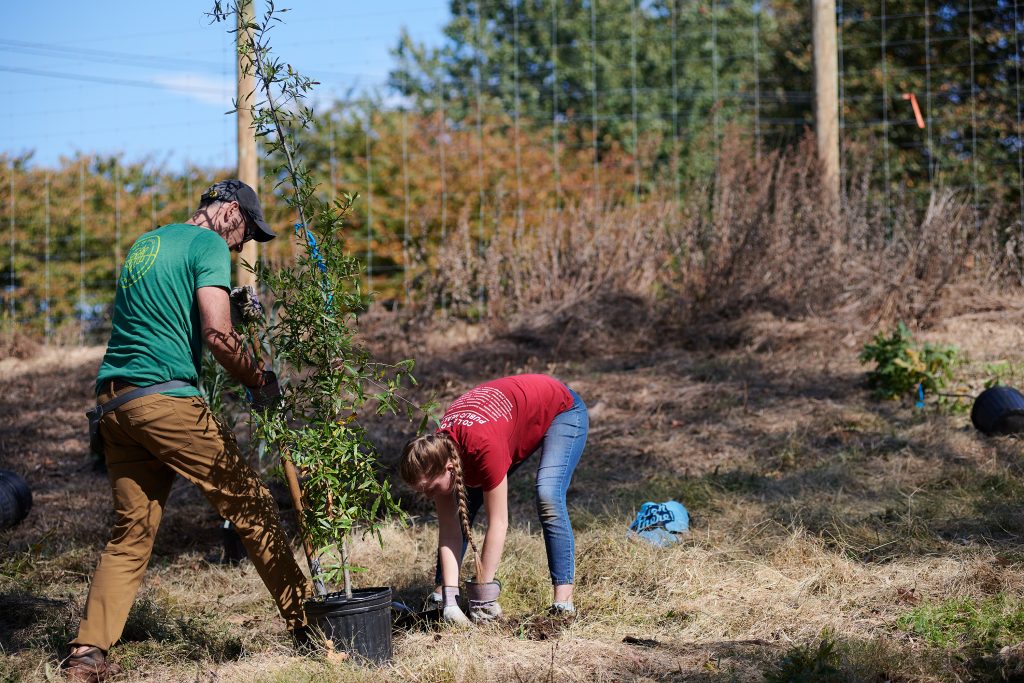When you are known as a birder, folks love telling you about bald eagles. It often goes something like this: “Three years ago we went to Yellowstone and we saw a bald eagle!” I don’t want to bust their bubble, but bald eagles nest right next to Philadelphia International Airport. In fact, Pennsylvania has about twice as many bald eagles as Wyoming.
When I run into another birder in the field, we never mention if we saw a bald eagle – these days it is usually assured that you will see one.
The reason Pennsylvania has more bald eagles than some states several times our size is that we have much more water. Bald eagles are fish specialists. Their scientific name, Haliaeetus leucocephalus, translates to “white-headed sea eagle.” Bald eagles are regularly seen anywhere near large bodies of water, including rivers, lakes, reservoirs, marshes, bays, and oceans. That’s because bald eagles require water to fish and a place to nest. This is usually a large tree like a white pine, sycamore, or oak. Eagles will also nest on cliffs, man-made structures, and rarely on the ground.
Though these birds of prey weren’t always so prevalent in Philly or Pennsylvania for that matter. In 1983, there were only three pairs of bald eagles accounted for in Pennsylvania, all nesting in the northwest corner of the state. That same year, the Pennsylvania Game Commission launched a seven-year restoration program, and today there are more than 300 bald eagle nests across the state.
Where to spot bald eagles in Philly
In Philadelphia, the best place to see a bald eagle is Pennypack Park in the Northeast, where the creek meets the river. Here, eagles have been nesting for at least 15 years. Their nest is easily seen from the parking lot off State Road. There is a path that leads you to an overlook of the nest across a lagoon. In our area, bald eagles start nesting in December and fledge their young by June. March and April are good times to see the eagles being fed by their parents, when your view isn’t obscured by leaves. Once from this spot, I saw a bald eagle catch a Herring Gull in mid air and feed on it on the sandbar at the mouth of the creek.
Bald eagles also nest at John Heinz National Wildlife Refuge at Tinicum. A pair formerly nested at the Navy Yard; however it appears they now nest across the river in New Jersey, as an eagle nest is visible from the end of Broad Street. There are nests in Camden, in Andalusia in Bucks County, and in Springfield Township in Montgomery County. These eagles can often be seen in adjacent parts of Philadelphia such as Pulaski Park, Glen Foerd on the Delaware, and Wissahickon Valley Park. Even outside of the breeding season, bald eagles are regularly seen in Philadelphia anywhere there is water, or even flying in between bodies of water, which can be anywhere, including Center City!
When looking for bald eagles, it is recommended that humans keep their distance from nests – at least 1,000 feet away.

Golden eagles are often mistaken for young bald eagles.
And keep in mind that it takes at least four years for the bird to show a fully white head and tail. You may have passed over a dark brown youngster for a different species of raptor. People often mistake young bald eagles for golden eagles. Golden eagles can be seen migrating in the late fall or early spring in the mountains, although they are sometimes spotted over Philly. Golden eagles specialize in mammals like rabbits and ground squirrels, though they will take birds. Out east, they are much less common than bald eagles, as Goldens prefer rugged open country like prairies, tundra, and deserts.
Wherever you are in Philly, keep looking up, you may just see a bald eagle!
Philadelphia native Tony Croasdale started birding at about nine years old. He is a graduate student at St Joseph’s University studying invertebrates on native vs. alien shrubs. Tony has performed field research in the Canadian Arctic, Alaska, Brazil, Peru, and in the Mid-Atlantic. He is currently an Environmental Education Program Specialist at Philadelphia Parks & Recreation.
Got a question about birds for Tony? Email info@myphillypark.org to have all of your birding questions answered!
*Photos by George L. Armistead



